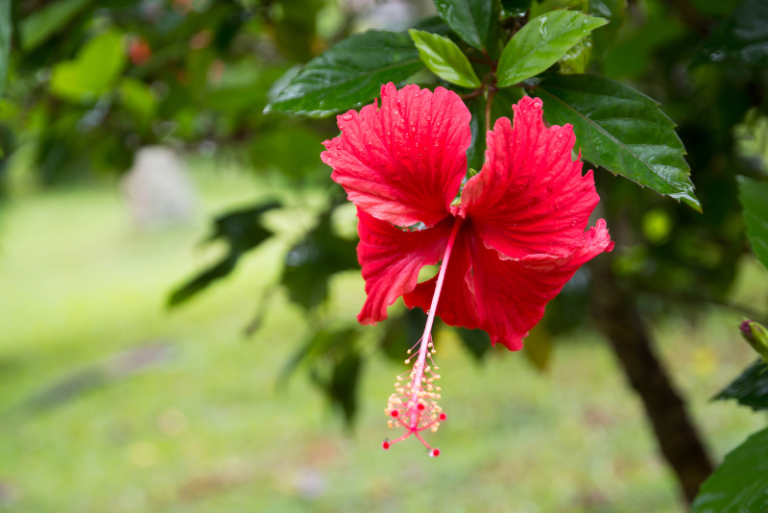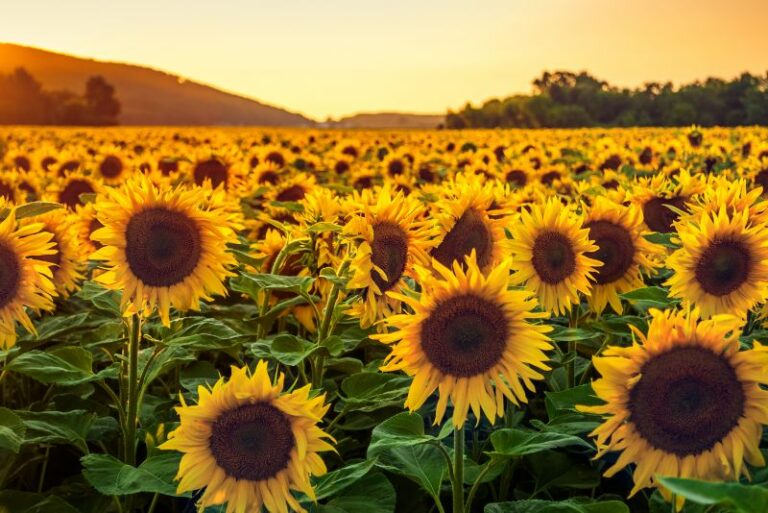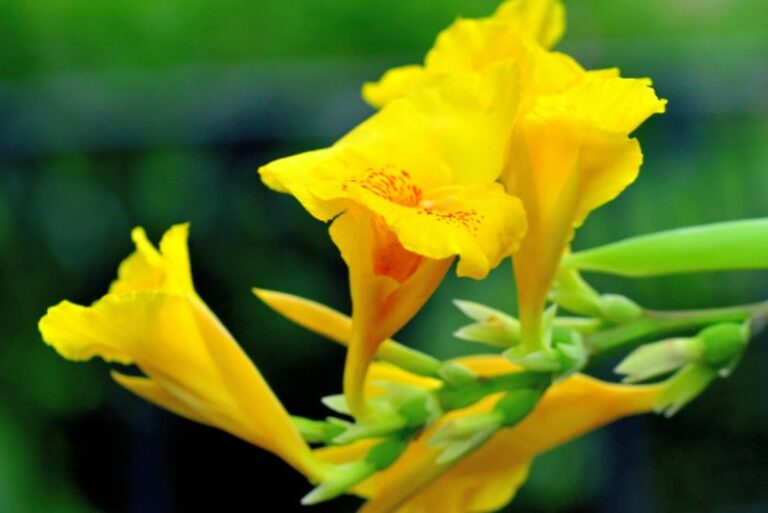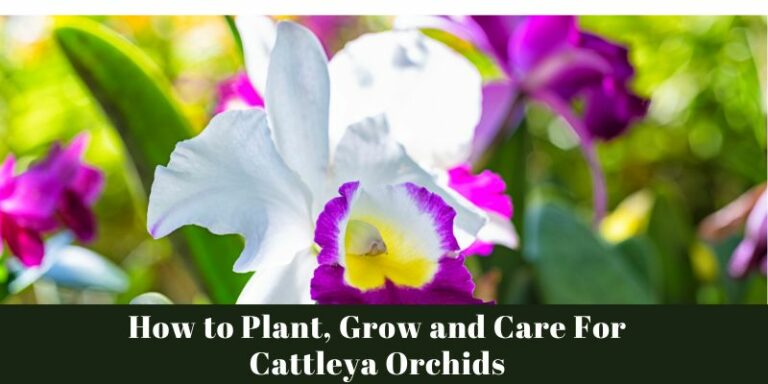Guide to Planting and Growing Gladiolus Flowers
Sword lily, as the gladiolus flower is often called, evokes images of spirited beauty with its tall, elegant spikes boasting multiple blooms. The gladiolus plant is a staple for floral arrangements, and planting them can unveil stunning colors in your garden. For the aspiring horticulturalist or even the seasoned green thumb, nurturing gladiolus is an opportunity to see vibrant life burst from the soil. This comprehensive guide is not just a walkthrough of the mechanical steps to grow gladiolus; it’s an ode to the joy of cultivating these striking flowers.
Choosing Gladiolus Bulbs: The Foundation of Your Garden
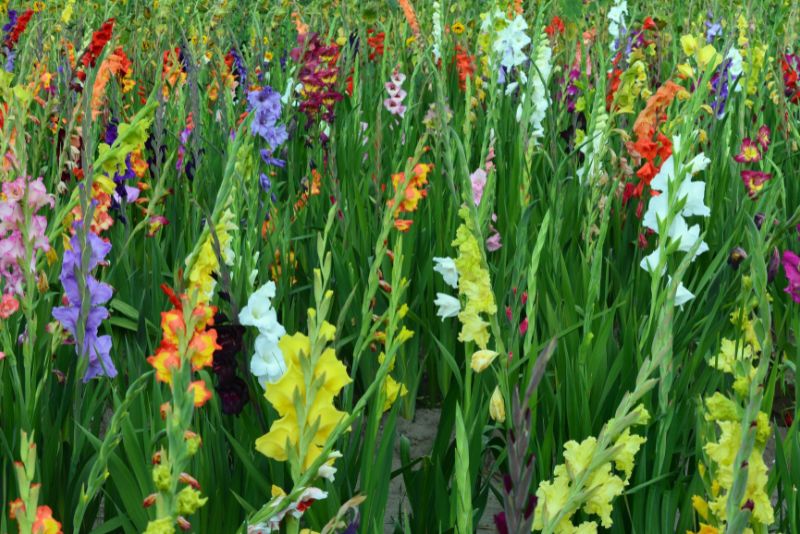
Selecting the right gladiolus bulbs sets the stage for a successful growing season. It’s not just about opting for the cheeriest color; health and timing are crucial.
Selecting the Best Bulbs
Healthy bulbs are firm to the touch, free from blemishes or soft spots. Look for those with a papery husk still intact, which protects them against moisture and pests. If possible, choose larger bulbs, as they will produce more robust blooms.
The Right Time to Plant
Gladiolus is typically planted after the last frost, once the soil has warmed. For most regions, this means anywhere from late spring to early summer. It’s important for the soil temperature to be above 55°F (13°C) for optimal germination and growth.
Planting Process: Sowing the Seeds of Beauty
The planting process for gladiolus is more than just digging a hole and covering a bulb. Every step is a calculated move to ensure that you get the most out of your growing gladiolus.
Soil Preparation
Well-draining, fertile soil is the gladiolus’ best friend. But remember, too much fertility can cause the gladiolus to grow more leaf than flower. If your soil is heavy, consider adding sand or perlite to improve drainage.
Spacing and Depth Guidelines
Gladiolus bulbs should be planted about 4 to 6 inches deep with the pointed end facing up. The corms (the true bulbs) should be spaced 6 to 8 inches apart to allow for proper growth. Pay careful attention to these measurements, as depth can affect the size and number of blooms while crowding can lead to stunted growth.
Caring for Gladiolus Flowers: Nurturing Nature’s Beauty
Gladiolus flowers, like all plants, need care to flourish. Providing the right environment is vital to ensure their full potential is realized.
Watering and Sunlight Requirements
Gladiolus flowers need about an inch of water a week, either through rainfall or manual watering. They also require plenty of sunlight to bloom, ideally at least six hours a day. Watch for signs of overwatering or underwatering, as gladiolus can be sensitive to changes in their moisture levels.
Fertilization Tips
The gladiolus’ nutritional needs are unique, especially in relation to the timing of flowering. A high-potash fertilizer works well when the first flowers appear. Avoid fertilizers with too much nitrogen, as they can cause the plant to grow lush foliage at the expense of flowering.
Staking for Support
The tall, elegant stems are a trademark of the gladiolus, but they can also be their undoing if they’re not supported. Stake your gladioli when they reach about a foot in height, using small, gently-tied strings or twine to secure the stem to the stake. This will prevent wind or rain from toppling the plant or bending the stem, which can be unsightly.
Common Pests and Diseases: Warding off the Invaders
Like any garden resident, gladiolus is not immune to the pests and diseases that can be a nuisance to plant health. The key is to be vigilant and take corrective action as soon as you notice any issues.
Identification and Management
Gladiolus can suffer from thrips, aphids, or spider mites, which can cause discoloration, distortion, and stunting of the flowers. Additionally, diseases like botrytis, rust, and fusarium wilt can affect the foliage and flowers. Keep an eye out for unnatural spots, wilting, or discoloration and act quickly with the appropriate treatment, such as insecticidal soap for pests or fungicide for diseases.
Harvesting and Storing Bulbs: Preserving for the Future
At the end of the growing season, there’s still work to be done to ensure that next year’s gladiolus are as stunning as the first. Knowing when and how to harvest and store bulbs is essential knowledge for every gladiolus grower.
Knowing When to Harvest
For most gladiolus cultivars, it’s time to harvest the bulbs once the foliage turns yellow. Use a garden fork to carefully lift the corms, taking care not to damage them.
Proper Storage Techniques
Before storing, gladiolus corms should be cured for two weeks in a warm, dry place to allow the papery covering to dry. After curing, store the corms in mesh bags or open containers in a cool, dark location until it’s time to plant again. Check on them periodically to ensure they’re not rotting, and sprinkle with a bit of fungicide if necessary.
Conclusion: A Garden of Gladioli
Growing gladiolus is a rewarding experience that yields much more than a bloom’s beauty. It’s a lesson in patience, care, and the cycle of life. Whether you’re planning to enter your gladiolus in a show or just want to have the most colorful corner of the neighborhood, following these steps will set you on the path to gladiolus success.
Remember that each gardening experience is unique, as is the garden you cultivate. Pay attention to the details, adjust based on your observations, and enjoy the process. With the right decisions and a touch of mother nature’s cooperation, the gladiolus can be more than a flower in your garden; it can be a centerpiece of your growing legacy as a cultivator of beauty.

